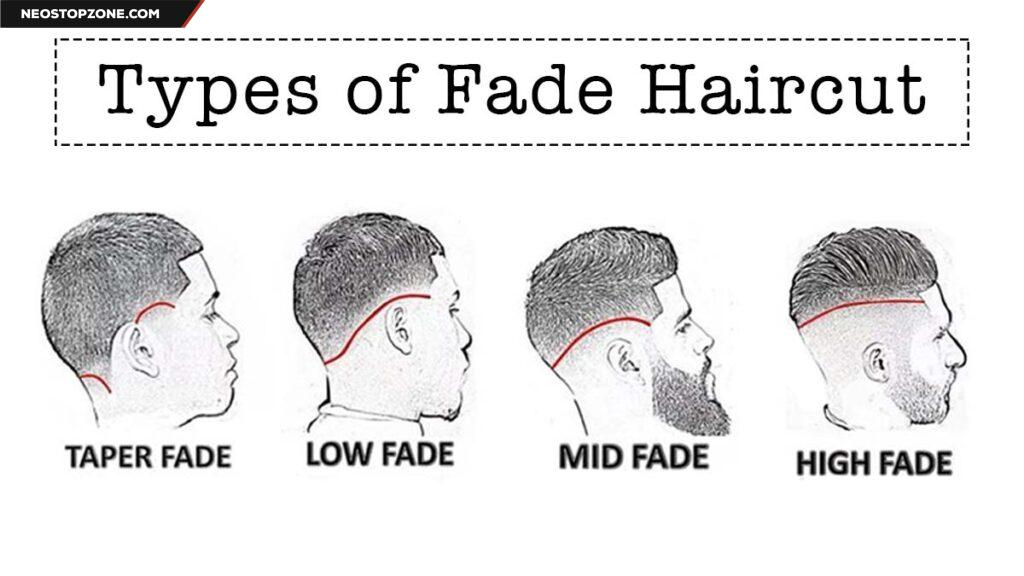
Introduction
Having luscious, healthy hair is a desire shared by many. However, regular exposure to heat from styling tools, such as hair dryers, curling irons, and straighteners, can cause significant damage. In this article, we will explore effective tips and tricks to help you protect your hair from heat damage, ensuring that you can style your hair without compromising its health and vitality.
Understanding the Impact of Heat on Hair Health
Heat styling tools emit high temperatures that strip the hair of its natural moisture, leaving it dry and brittle. The excessive heat can also weaken the hair shaft, leading to breakage and split ends. Therefore, it is crucial to understand the consequences of heat damage to take the necessary precautions.
Use Heat Protectant Products
One of the most effective ways to shield your hair from heat damage is by using heat protectant products. These specially formulated sprays or creams create a protective barrier on the hair strands, minimizing the impact of heat. Remember to apply the product evenly throughout your hair before using any heat styling tools.
Adjust the Heat Setting on Styling Tools
Most styling tools come with adjustable heat settings. Lowering the temperature can significantly reduce the risk of heat damage. Opt for the lowest effective temperature setting that still allows you to achieve your desired hairstyle. Avoid using high heat unnecessarily, as it can cause irreparable damage to your hair.
Limit the Frequency of Heat Styling
Reducing the frequency of heat styling can go a long way in protecting your hair from damage. Embrace natural hairstyles on some days or try heatless styling methods, such as braiding or air-drying. By giving your hair periodic breaks from heat, you allow it to recover and maintain its natural strength and moisture.
Pre-Dry Your Hair
Before using any hot styling tools, it is essential to ensure that your hair is mostly dry. Excessive moisture combined with heat can cause steam damage, leading to weakened hair. Towel-dry or air-dry your hair until it is no longer dripping wet before using heat styling tools.
Use Ceramic or Tourmaline Styling Tools
When choosing hair styling tools, opt for those made with ceramic or tourmaline materials. These materials distribute heat more evenly and reduce the risk of hot spots that can cause severe damage. Investing in high-quality tools can make a significant difference in preserving the health of your hair.
Limit the Duration of Heat Exposure
Avoid prolonged exposure to heat when using styling tools. Keep the heated barrel or plates in contact with your hair for the shortest duration possible to minimize damage. Constantly moving the tool along the hair shaft can also help distribute the heat more evenly.
Deep Condition Regularly
To counteract the effects of heat damage, incorporate deep conditioning treatments into your hair care routine. These treatments replenish moisture and essential nutrients, revitalizing your hair and making it more resistant to heat damage. Look for deep conditioning masks or treatments that specifically target heat-damaged hair.
Protect Your Hair Overnight
Heat damage can also occur while you sleep if you use heated styling tools before bedtime. Opt for heat-free styles, such as braids or buns, to protect your hair while you sleep. You can also use silk or satin pillowcases and hair wraps to minimize friction and reduce the risk of breakage.
Trim Regularly
Regular trims are essential in maintaining healthy hair, particularly if you frequently use heat styling tools. Trimming removes split ends, preventing them from traveling up the hair shaft and causing further damage. Aim for a trim every 6-8 weeks to keep your hair in optimal condition.
Conclusion
Protecting your hair from heat damage is crucial for maintaining its health and beauty. By following these tips and tricks, you can enjoy styling your hair while keeping it safe from the harmful effects of heat. Remember, prevention is key, and incorporating these practices into your hair care routine will help you achieve and maintain gorgeous, heat-damage-free locks.
FAQs
1. Does using a heat protectant eliminate all heat damage?
While heat protectants provide a great line of defense against heat damage, they cannot completely eliminate it. It is essential to use heat styling tools responsibly and follow other protective measures as well.
2. Can heat damage be reversed?
Unfortunately, once hair is damaged by heat, it cannot be reversed. However, by following the tips mentioned in this article, you can prevent further damage and promote healthier hair growth.
3. Can natural hair be protected from heat damage?
Yes, natural hair can be protected from heat damage by using heat protectants, lower heat settings, and limiting heat styling. Embrace your natural texture and consider heatless styling methods to minimize damage.
4. Are all ceramic or tourmaline tools equally effective?
It is essential to invest in high-quality ceramic or tourmaline tools to ensure their effectiveness. Cheaper alternatives may not distribute heat evenly, increasing the risk of damage.
5. Can heat-damaged hair ever regain its natural health?
While heat-damaged hair cannot be restored to its original state, proper hair care, including regular trims, deep conditioning, and protective measures, can significantly improve its overall health and appearance.
